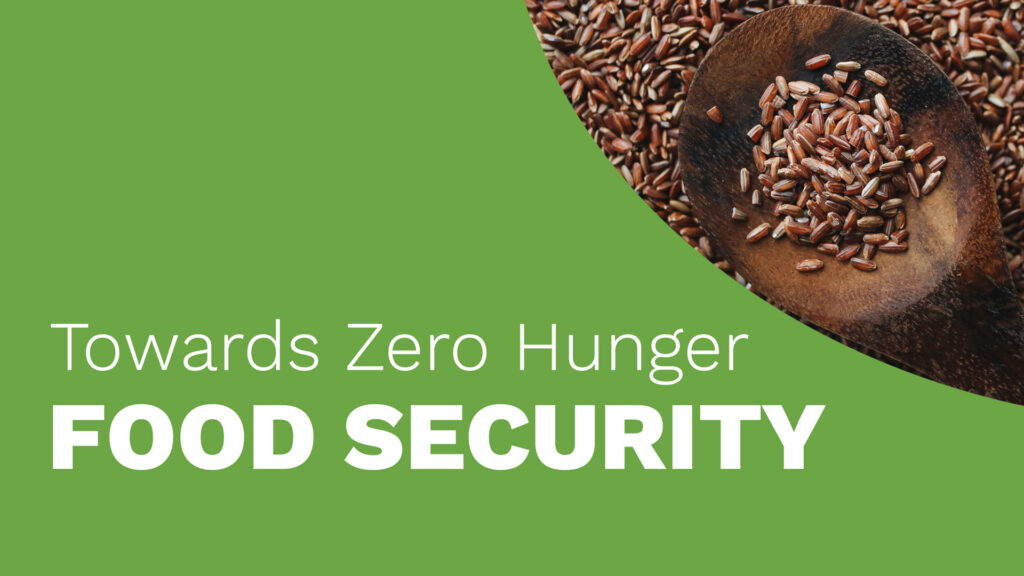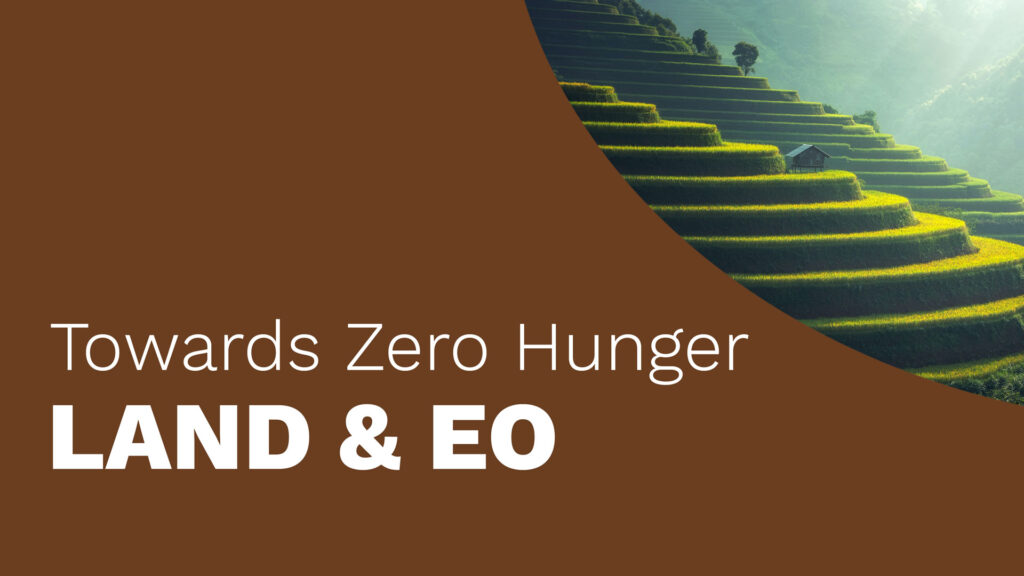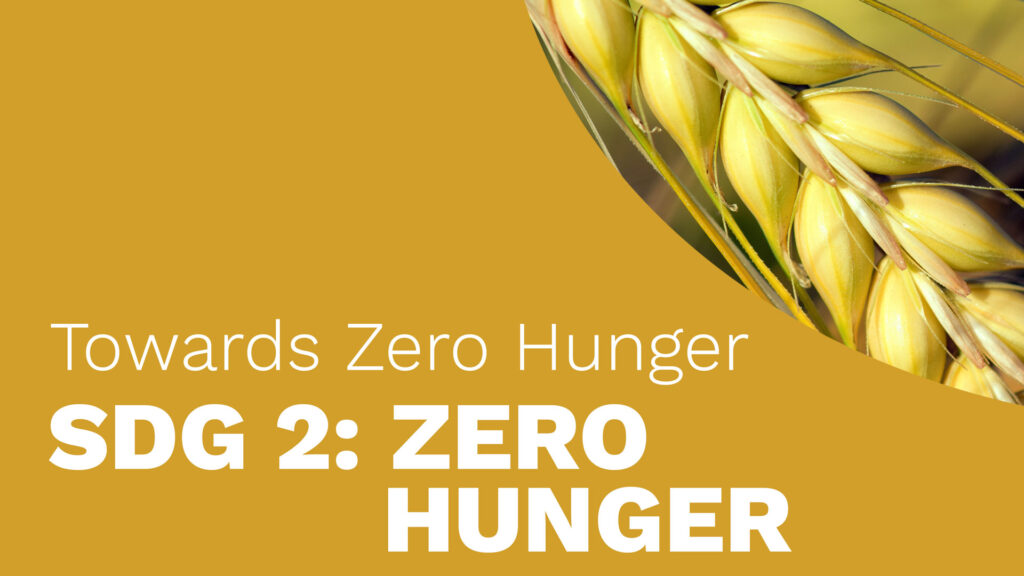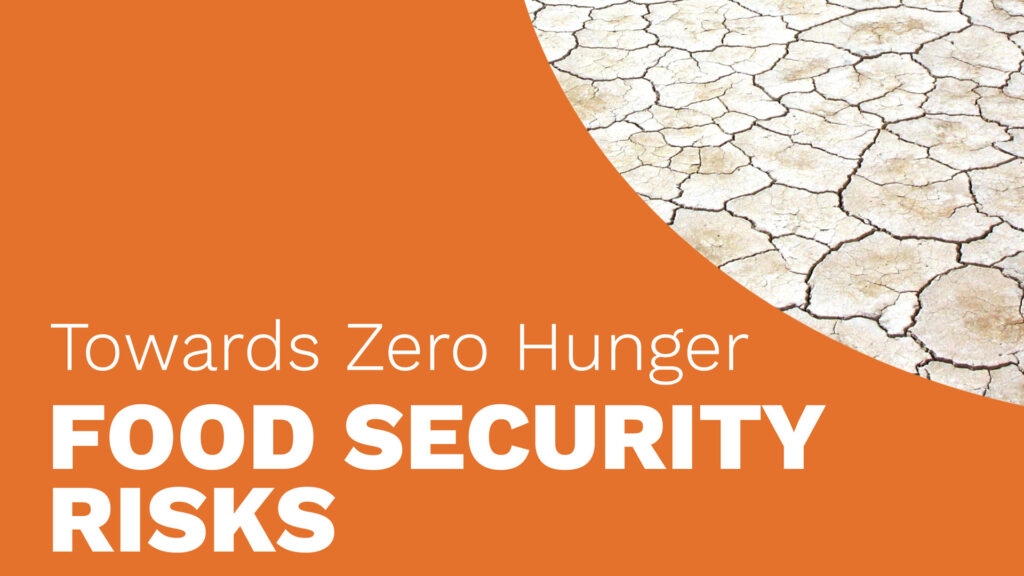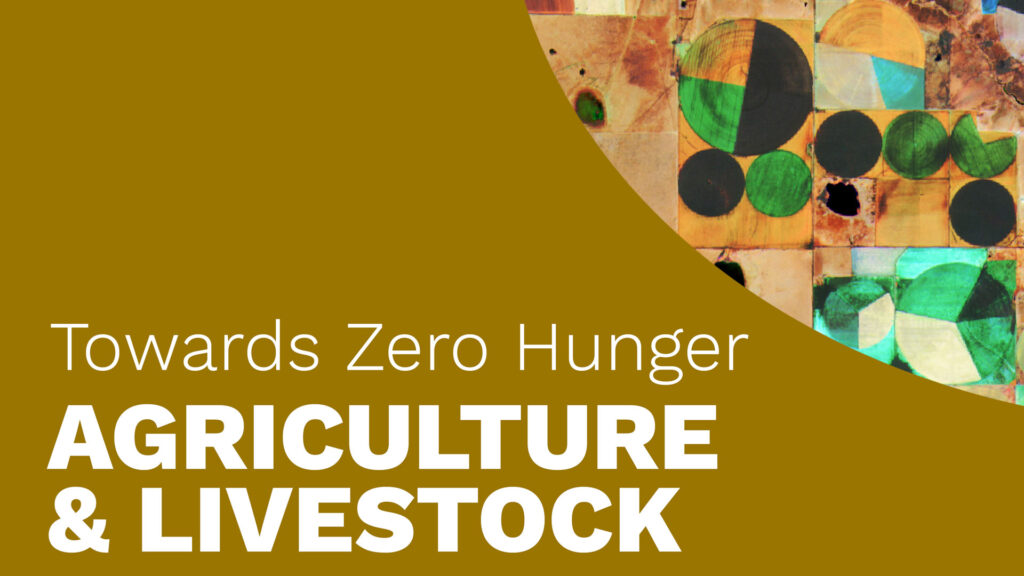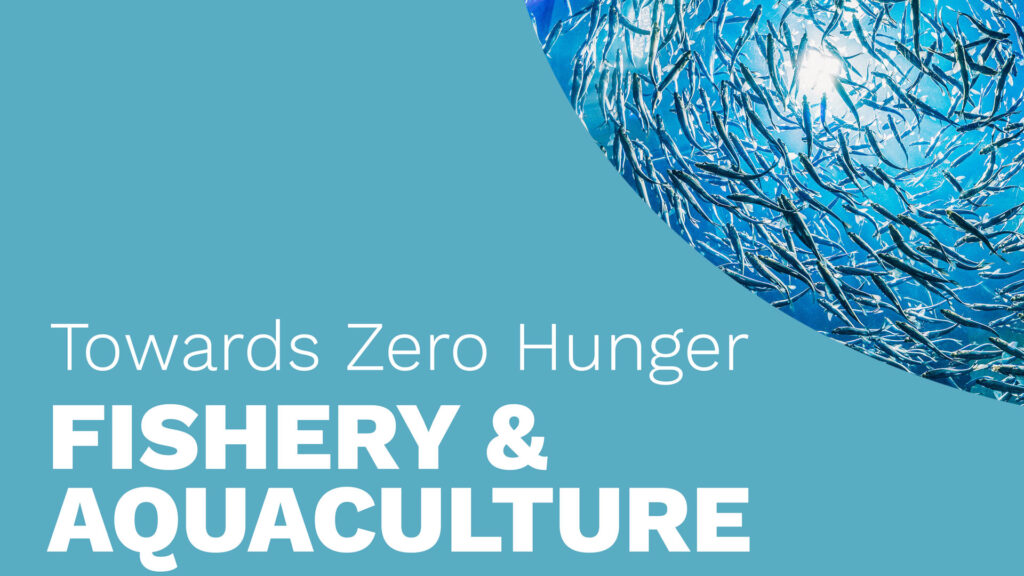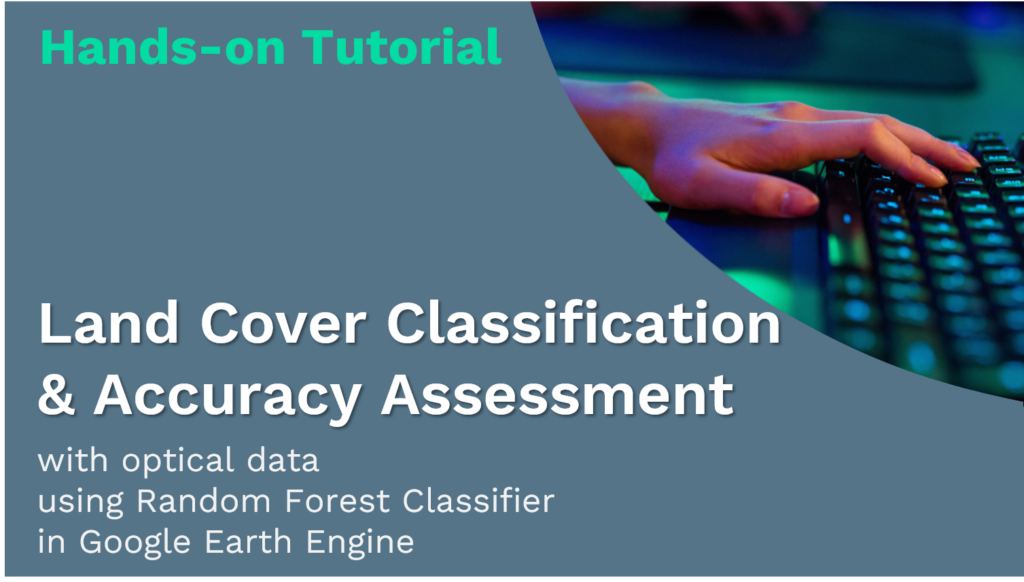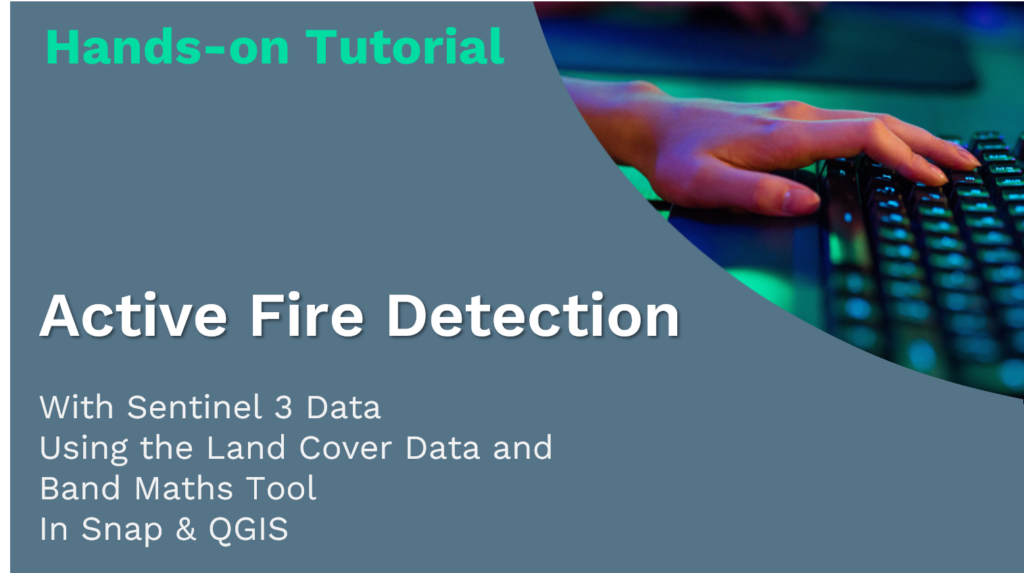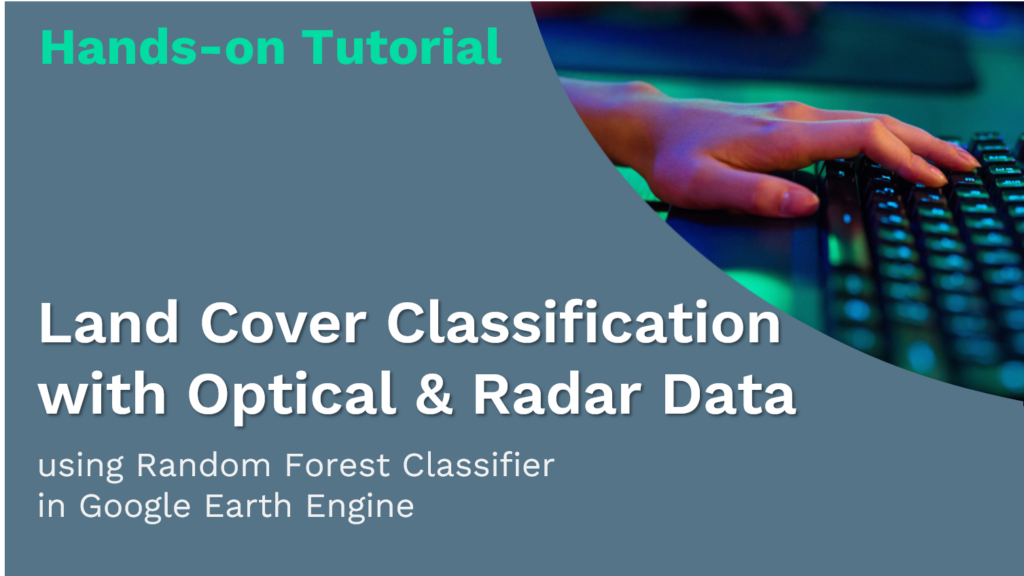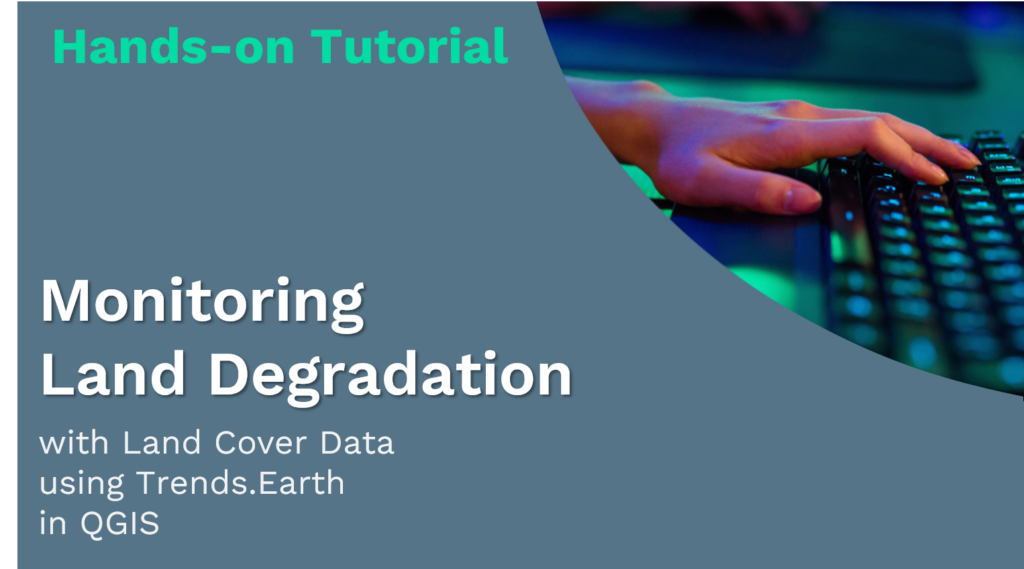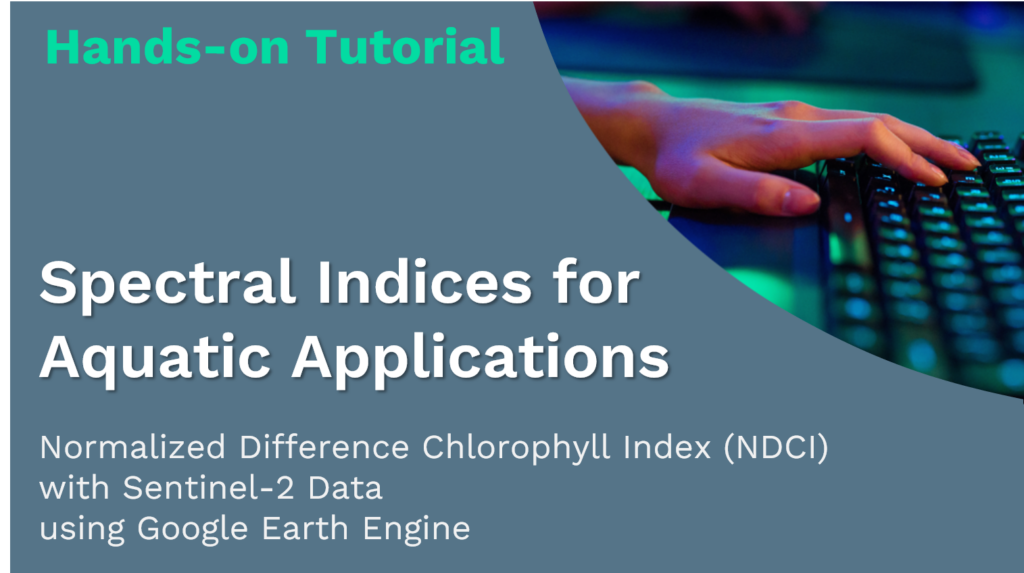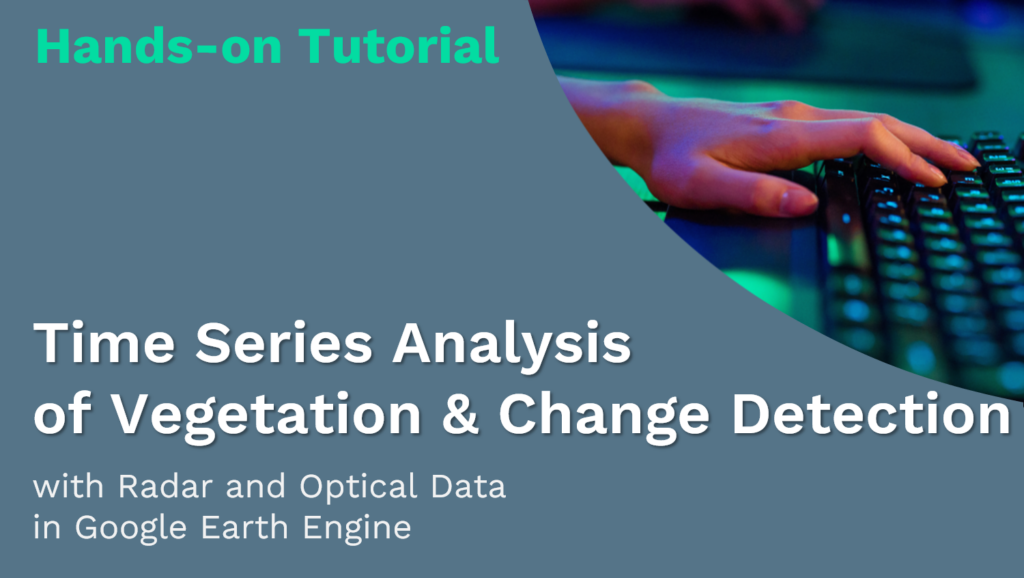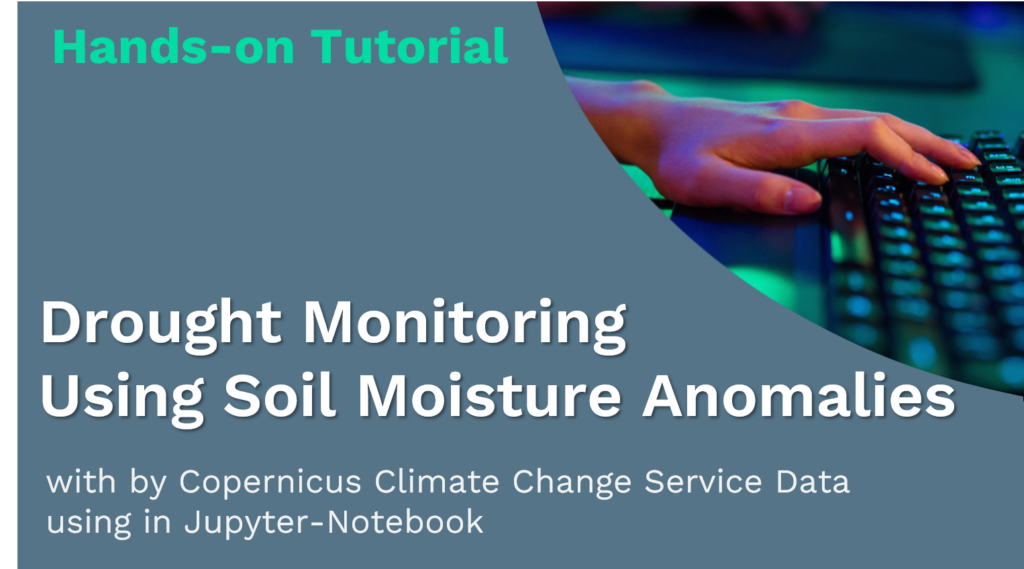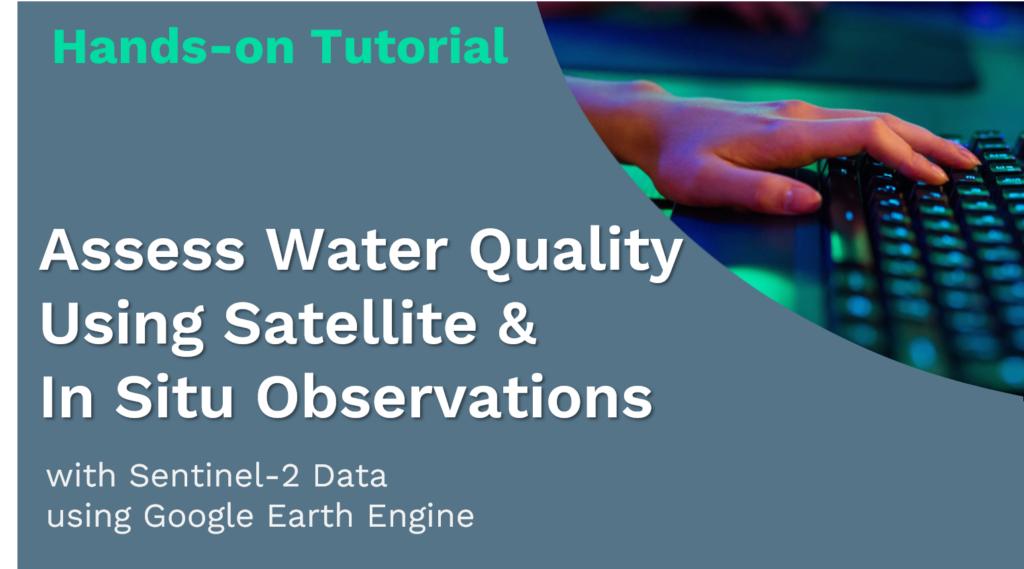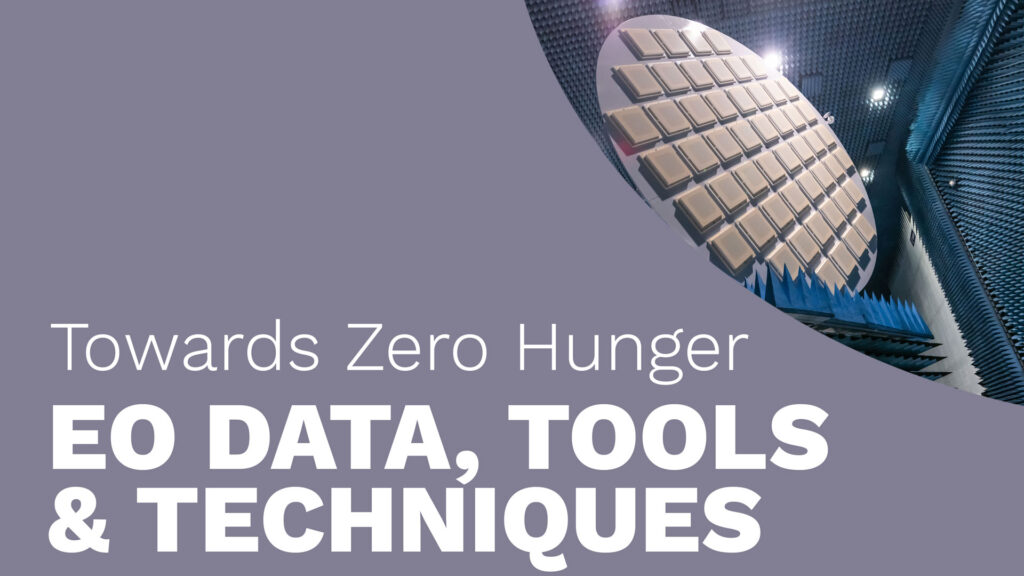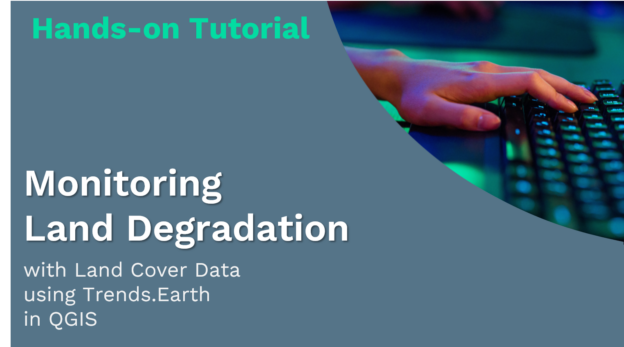Towards Zero Hunger – Hands-on: Monitoring Land Degradation
with Land Cover Data
using Trends.Earth
in QGIS
This hands-on tutorial is part of a series of online learning materials.
Towards Zero Hunger will give you insights into the potential of remote sensing technologies to support the United Nations’ Sustainable Development Goal 2: Zero Hunger.
The tutorial teaches how to use the QGIS plugin Trends.Earth to calculate and analyze indicators related to SDG 15.3.1, which measures land degradation. It demonstrates how to utilize global datasets to generate maps showing land cover, soil organic carbon, and land productivity. Additionally, the tutorial covers improving analysis accuracy by integrating custom high-resolution data and focuses on applying these methods to the region of Uganda. The goal is to optimize land management practices, enhance agricultural productivity, and support food security.
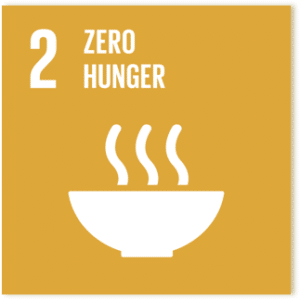
SDG 2: Zero Hunger Relevance
Land degradation directly impacts food security by reducing land productivity, impairing soil health, and decreasing agricultural output. Effective management and restoration of degraded land are essential for maintaining or enhancing crop yields, ensuring sustainable food sources, and ultimately achieving Zero Hunger. Addressing land degradation can improve agricultural resilience and support global efforts to eliminate hunger. Key indicators for assessing land degradation (SDG 15.3.1 sub-indicators) include land productivity, land cover, and soil organic carbon. By improving the understanding and management of these indicators through accurate mapping and analysis, efforts to enhance agricultural practices, optimize land use, and maintain soil health can be supported. These improvements are crucial for increasing crop yields and ensuring sustainable food production, which directly contribute to reducing hunger and achieving food security.
Explore below the SDG 2: Zero Hunger relevance of applications related to
- Crop & Grazing Land Monitoring – Agriculture & Livestock
- Forest & Water Monitoring – Forestry & Agroforestry – Fishery & Aquaculture
- Environmental Monitoring – Agriculture & Livestock – Forestry & Agroforestry – Fishery & Aquaculture
Source Tutorial
This tutorial is part of the NASA Applied Remote Sensing Training Program (ARSET). Original creators: McCullum, A.; Alexander, S.; Zvoleff, A.; Noon, M.; Gonzalez-Roglich, M.; Ovalles, P.; Mwaniki, D.
The original content can be found at:
NASA-ARSET Training: Remote Sensing for Monitoring Land Degradation and Sustainable Cities SDGs NASA Applied Remote Sensing Training Program (2019).
The training has been developed in partnership with Conservation International, United Nations Convention to Combat Desertification (UNCCD), and UN Habitat.
Part 1: Introduction to SDG Framework and Trends.Earth
Part 2: Using Remote Sensing Data & Trends.Earth for Monitoring SDG 15
Credit
This topic was created with the help of learning materials that were kindly provided by:
- NASA Applied Remote Sensing Training Program (ARSET): McCullum, A.; Alexander, S.; Zvoleff, A.; Noon, M.; Gonzalez-Roglich, M.; Ovalles, P.; Mwaniki, D. (2019). Remote Sensing for Monitoring Land Degradation and Sustainable Cities SDGs.
About Instructor





